Growing Consumer Electronics Market
The expansion of the consumer electronics market is significantly impacting the Residential Power Conditioner Market. As households increasingly invest in high-end electronics, such as home theaters, gaming systems, and smart home devices, the need for reliable power conditioning becomes critical. These devices are often sensitive to power fluctuations, which can lead to performance issues or damage. Market data reveals that the consumer electronics sector has grown by approximately 10% annually, driving demand for protective solutions like residential power conditioners. This trend suggests that as consumers continue to enhance their home entertainment and automation systems, the market for power conditioners will likely experience sustained growth. The intersection of these two markets highlights the importance of power quality in the modern home.
Regulatory Support for Energy Efficiency
Regulatory support for energy efficiency initiatives is becoming a driving force in the Residential Power Conditioner Market. Governments worldwide are implementing policies aimed at reducing energy consumption and promoting the use of energy-efficient appliances. These regulations often encourage the adoption of power conditioning devices, as they contribute to overall energy savings and improved power quality. For example, energy efficiency standards may require new homes to be equipped with power conditioners to ensure compliance. Market analysis indicates that regions with stringent energy efficiency regulations have seen a 25% increase in the installation of residential power conditioners. This regulatory environment not only fosters market growth but also aligns with broader sustainability goals, making power conditioners an essential component of modern energy-efficient homes.
Rising Adoption of Renewable Energy Sources
The shift towards renewable energy sources is significantly influencing the Residential Power Conditioner Market. As more households adopt solar panels and wind turbines, the need for effective power conditioning solutions becomes paramount. These renewable energy systems often produce variable power output, which can lead to instability in home electrical systems. Residential power conditioners help mitigate these fluctuations, ensuring a consistent power supply. Recent statistics indicate that the adoption of residential solar energy systems has increased by over 20% in the last two years. This trend not only highlights the growing interest in sustainable energy but also underscores the necessity for power conditioning devices that can support these systems. Consequently, the market for residential power conditioners is expected to expand as more consumers seek reliable solutions to manage their renewable energy sources.
Increasing Awareness of Power Quality Issues
The Residential Power Conditioner Market is experiencing a notable surge in awareness regarding power quality issues among consumers. As households increasingly rely on electronic devices, the demand for stable and clean power supply has intensified. This awareness is driven by the growing incidence of power surges, voltage fluctuations, and electromagnetic interference, which can adversely affect sensitive electronics. According to recent data, nearly 30% of households report experiencing power quality problems, prompting consumers to seek solutions. Consequently, the market for residential power conditioners is projected to grow, as these devices offer protection and enhance the performance of home appliances. This trend indicates a shift towards prioritizing power quality, thereby driving the demand for residential power conditioners.
Technological Advancements in Power Conditioning
Technological advancements play a pivotal role in shaping the Residential Power Conditioner Market. Innovations in power conditioning technology, such as the development of advanced filtering systems and real-time monitoring capabilities, have enhanced the efficiency and effectiveness of these devices. For instance, modern power conditioners now incorporate smart technology that allows users to monitor power quality through mobile applications. This integration of technology not only improves user experience but also increases the appeal of residential power conditioners. Market data suggests that the introduction of these advanced features has led to a 15% increase in sales over the past year. As consumers become more tech-savvy, the demand for innovative power conditioning solutions is likely to rise, further propelling market growth.


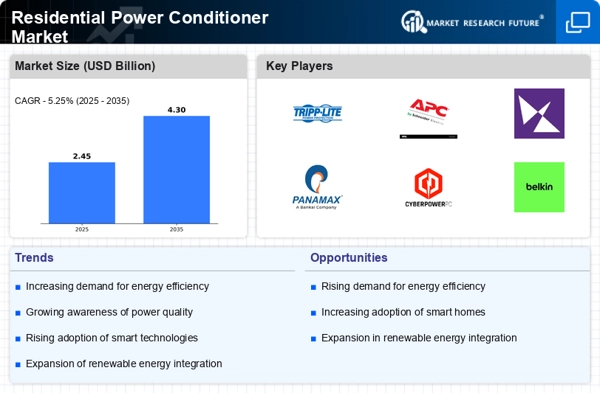
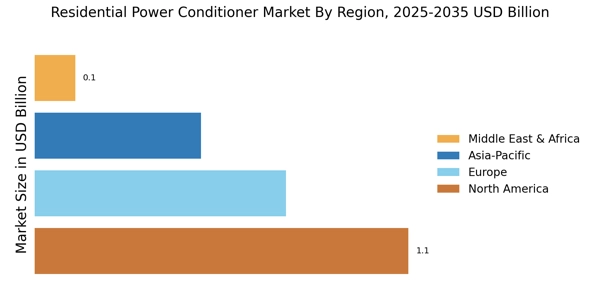

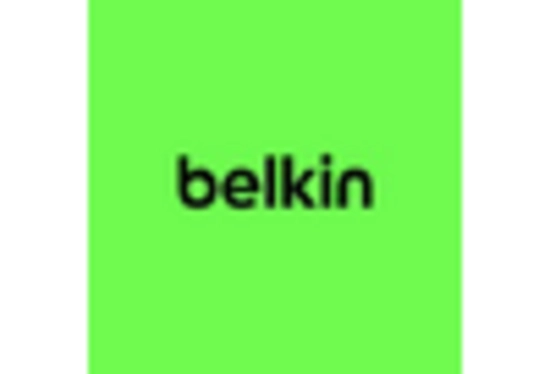
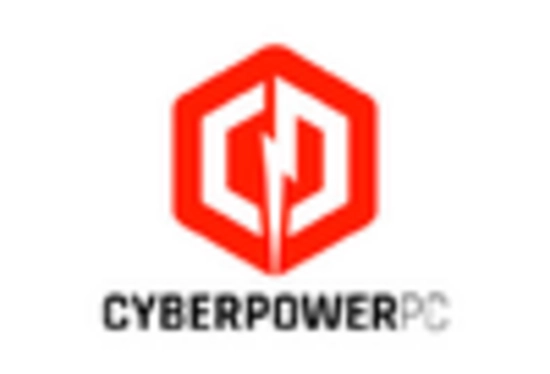
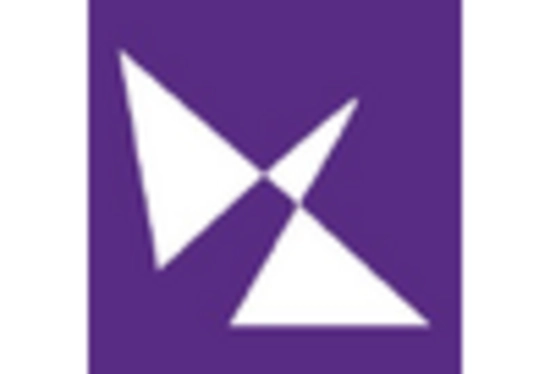
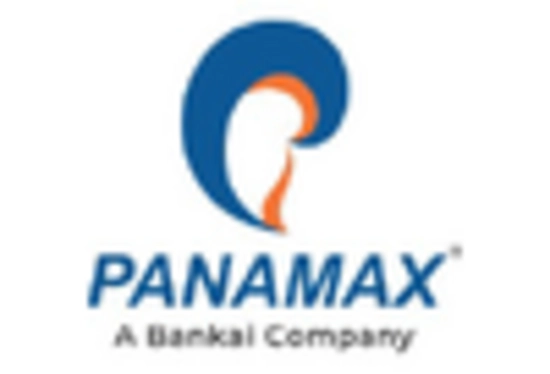









Leave a Comment